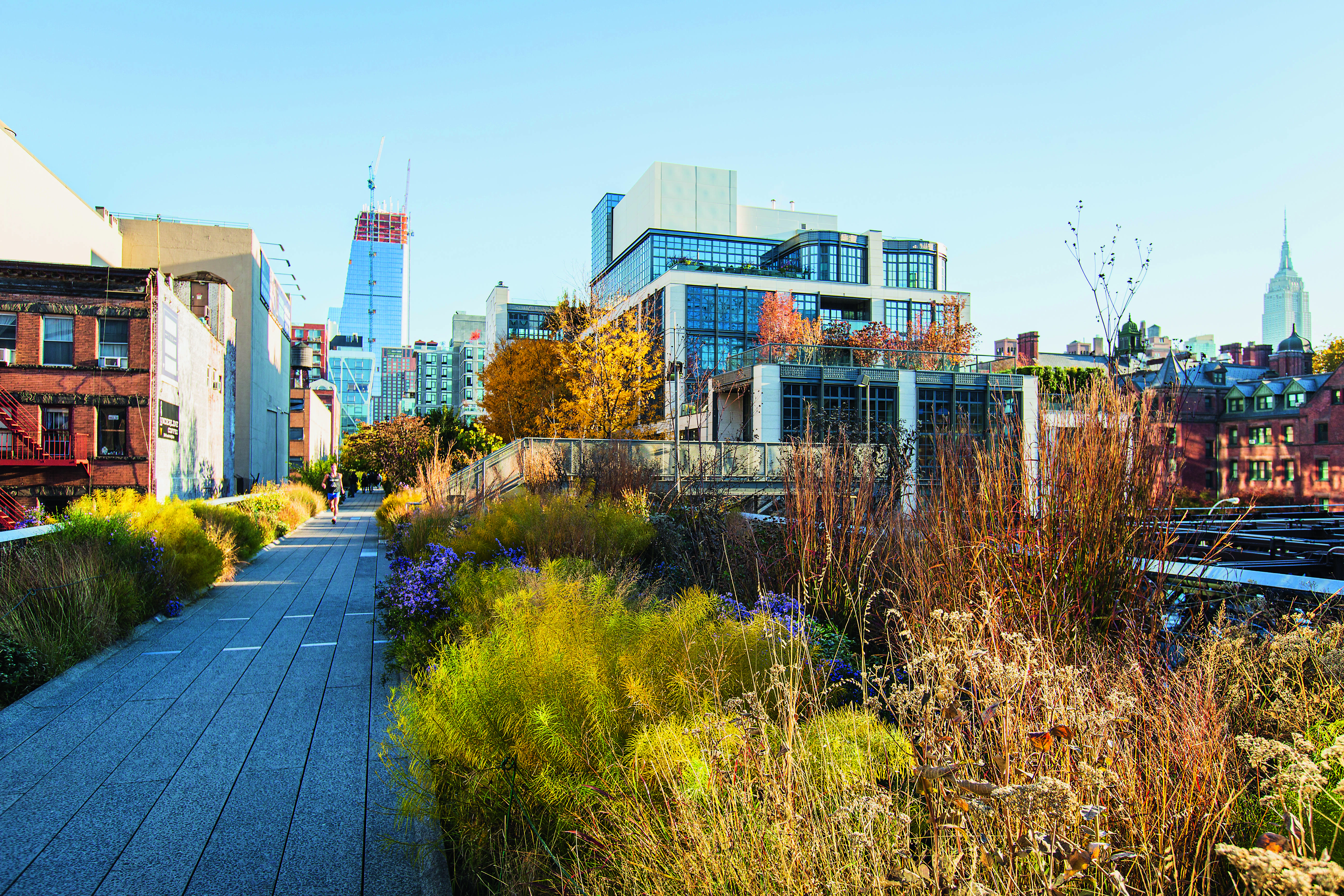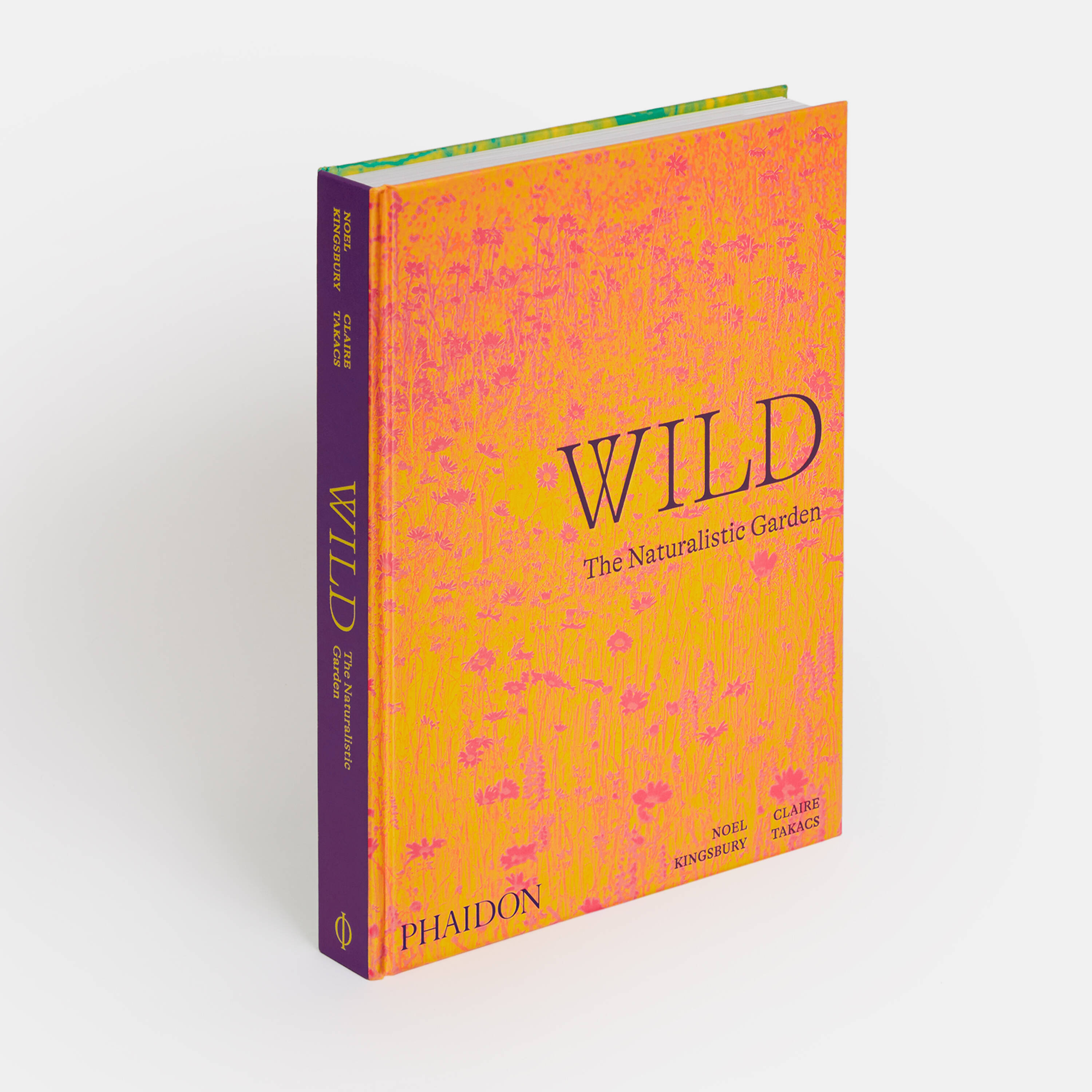
Go wild and arty in the garden with James Corner
The High Line might look wild, but it’s a highly artful rendering of the natural world, as our new book Wild explains
What do you see when you look at The High Line, New York City’s famous elevated park? Noel Kingsbury, author of Wild: The Naturalistic Garden, has a sharper eye than most.
“The High Line is clearly ornamental but much wilder, freer and more complex than people are used to seeing,” he writes in his new book about the international trend for wild, naturalistic gardening. “Some of those who climb up the steps onto the steel platform probably think that they are looking at wild vegetation, or a re-creation of it: grassy meadows, and woodland with a rich ground flora of ferns and sedges. Naturalists, or anyone familiar with the wild places around New York City, would never be fooled; they understand immediately that this is an artistic creation.”
Kingsbury recounts the origin story of this celebrated park, which was turned from an abandoned elevated railway into an acclaimed, horticultural attraction by landscape architects James Corner Field Operations, who, in turn, brought the celebrated Dutch plantsman Piet Oudolf on board for the planting design, along with Diller Scofidio + Renfro design and architecture studio.
“When the first stage of the 2.3-kilometre (1.4 mile) long project opened in 2009, it was instantly popular,” writes Kingsbury. “Further stages opened in 2011 and 2014, each fuelling more interest, and the disused railway line is now one of the most popular attractions in the city; walking the High Line now means negotiating crowds of tourists. Despite the crush, it is remarkable how the attention of so many visitors is directed at the plants; indeed, one gets a feeling that this is the first time in their lives that many of these people have noticed the plant life before them.”
Kingsbury guides our eyes along the High Line’s beds, describing how the park comprises two communities of plant life: an open, meadow environment, and a sort of mini-woodland one.
“Around 640 species are used in the planting, an incredible number compared to a ‘normal’ landscaping project,” he writes. “The vast majority are perennials and grasses, with a smaller number of trees, shrubs and climbers, and some spring bulbs designed to wake the city up after the winter. The sheer diversity of the plant life is part of the appeal of the place. It is like going to a nature reserve and constantly coming across rarities, species you have never seen before or had only heard about.”
Despite all this diversity, the High Line isn’t a true reflection of what a wild patch of Manhattan might look like, were you to remove all the urban infrastructure and let it go to seed – and that’s just as well.
“Most city-dwellers do not want real nature, with its mosquitoes and ticks and flies, in the city, nor do they want real natural plant life,” he reasons. “Real nature is difficult for many to read: sometimes too wild, sometimes too dull, too untidy, too difficult to make sense of. The High Line offers a safe alternative – nature tidied, nature organised (if only just a little), nature tamed ... but nature nevertheless.” That might sound like a criticism, but Kingsbury knows this is where the High Line’s true artistry lies.

“The challenge, for local governments and citizen bodies around the world who are trying to develop their own versions of the High Line, or any similar planting-focused landscape spectacular, is to find a way to capture that sense of ‘nature perfected’” he concludes. To better understand that sense for yourself, order a copy of Wild here.